Maintaining an abui fruit tree involves several key practices to ensure optimal growth and fruit production:
1. Sunlight and Soil:
- Plant abui trees in well-draining soil with a slightly acidic to neutral pH.
- Ensure they receive full sunlight for at least 6-8 hours a day.
2. Watering:
- Keep the soil consistently moist, especially during dry periods. Deep watering is essential for root development.
3. Fertilization:
- Apply a balanced fertilizer during the growing season to provide essential nutrients for healthy growth.
4. Pruning:
- Prune the tree to shape it, remove dead or diseased branches, and improve air circulation.
- Encourage an open canopy for better sunlight penetration.
5. Mulching:
- Apply a layer of organic mulch around the base of the tree to retain moisture, suppress weeds, and regulate soil temperature.
6. Disease and Pest Control:
- Regularly inspect for pests like aphids or scale insects. Use insecticidal soap or neem oil if needed.
- Monitor for diseases such as fungal infections and apply fungicides preventively.
7. Support for Young Trees:
- Provide support for young trees to help them establish a sturdy structure.
8. Harvesting:
- Harvest abui fruits when they are fully ripe, typically when the skin changes color, and the fruit yields slightly to gentle pressure.
9. Thinning:
- Thin out excess fruit to ensure better quality and size for the remaining ones.
10. Winter Protection:
- In colder climates, protect young trees from frost by covering them or providing additional insulation.
By incorporating these maintenance practices, you can enjoy a healthy abui fruit tree that produces delicious and exotic fruits. Anything else you’d like to know about fruit tree care?

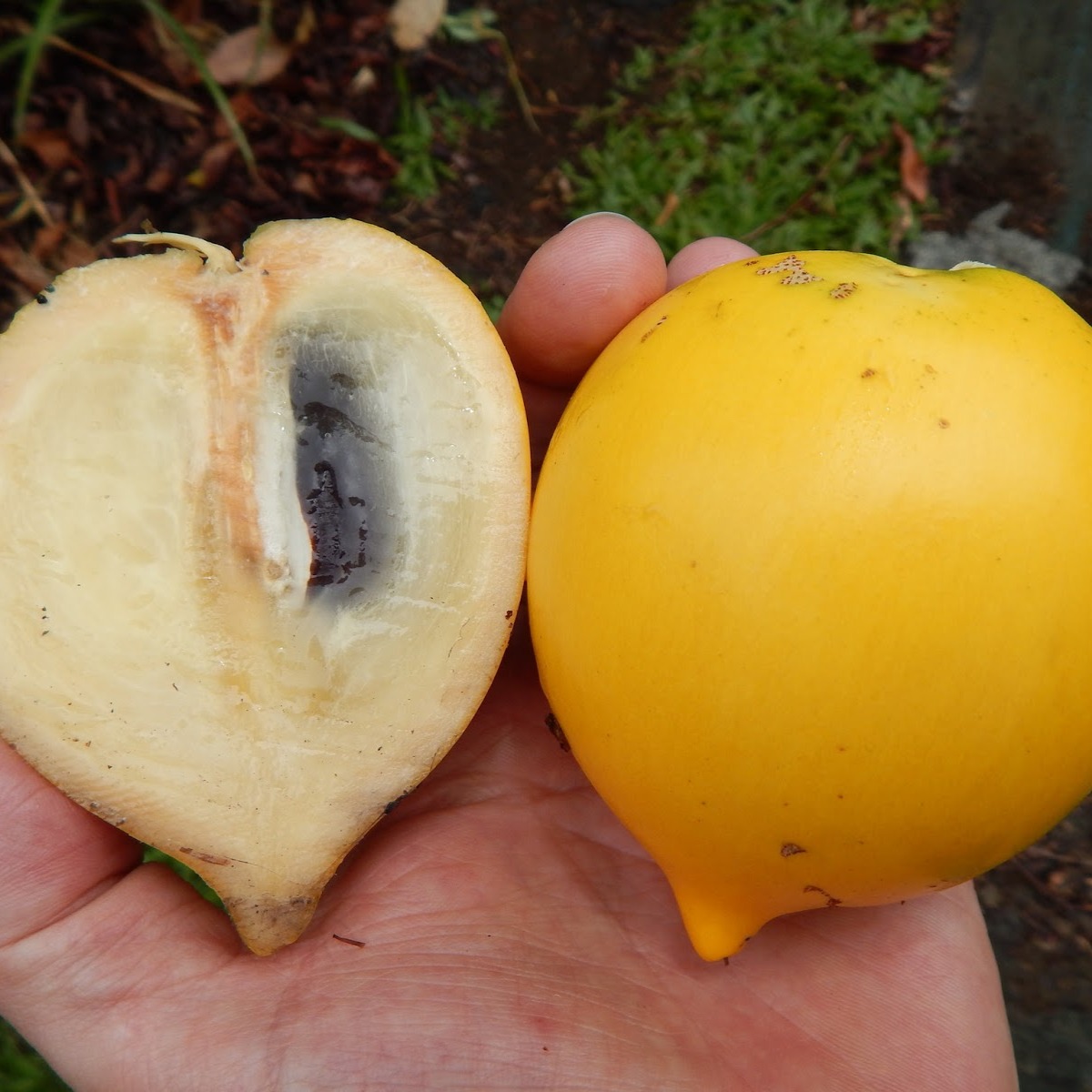


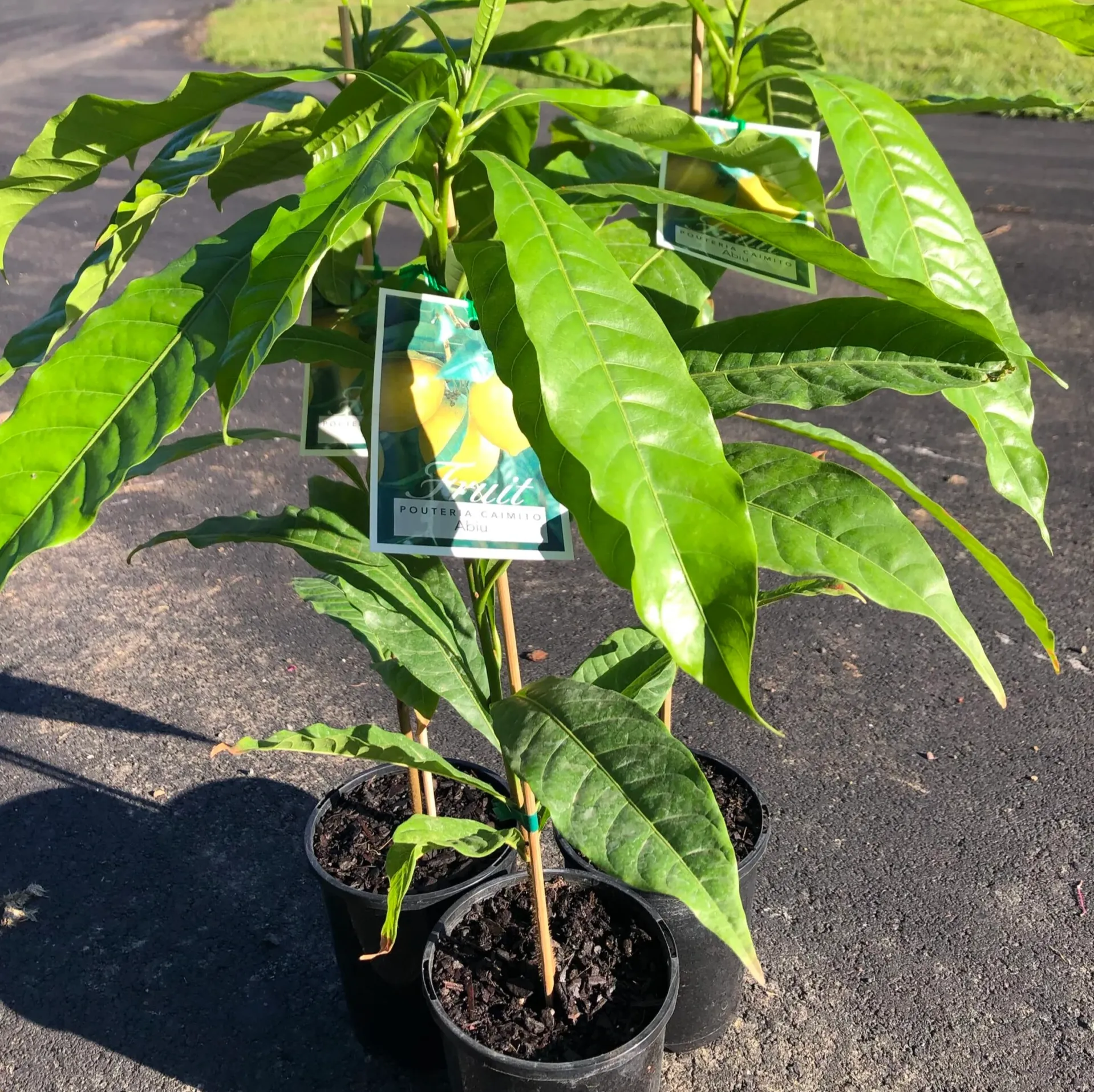




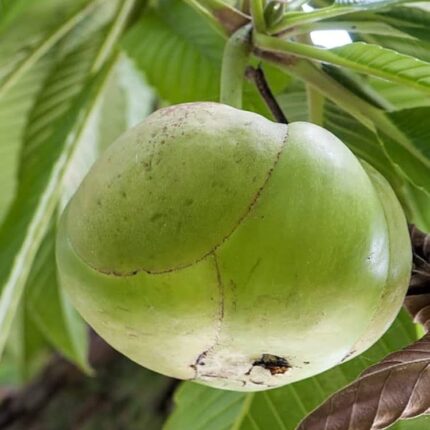
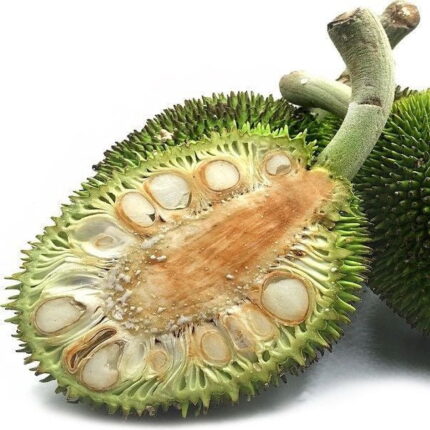




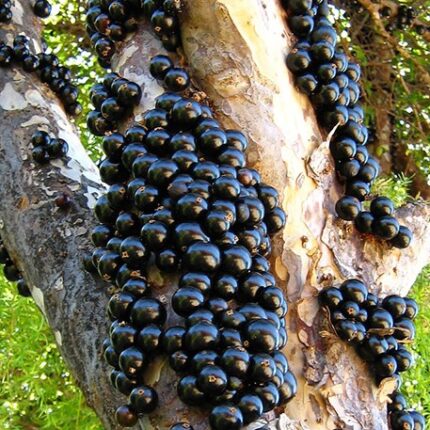
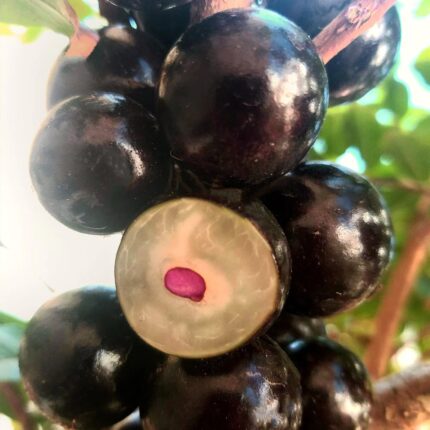

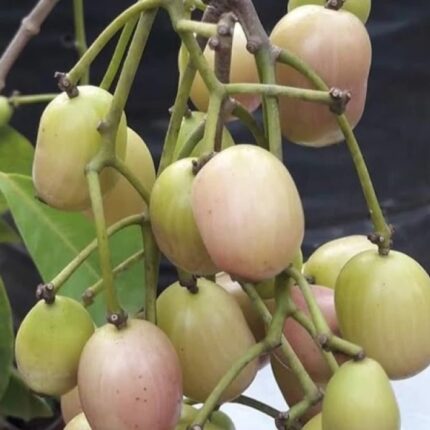
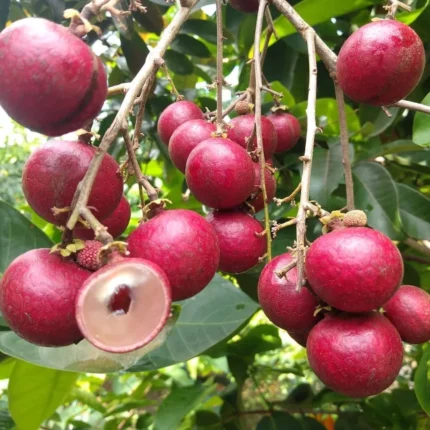
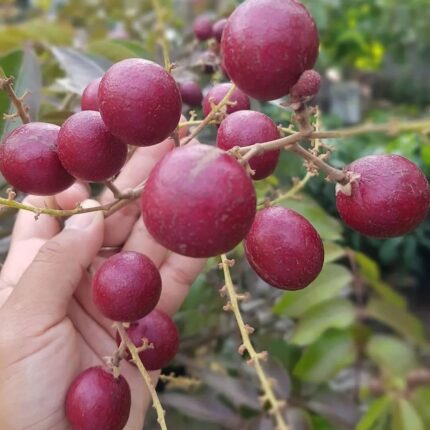

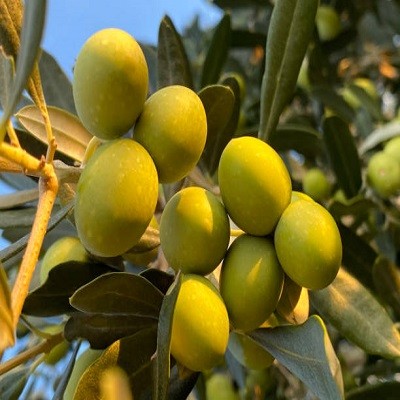



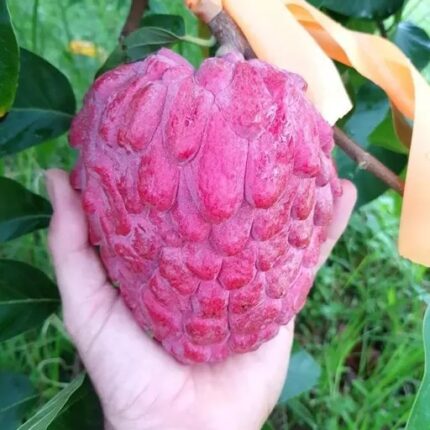
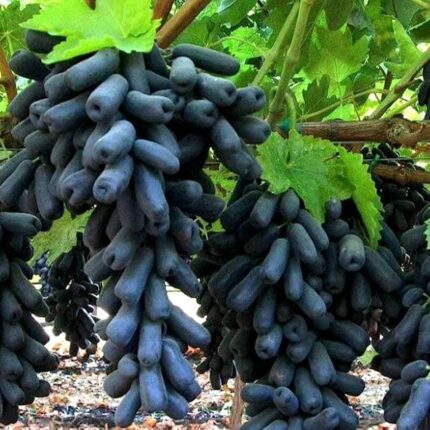
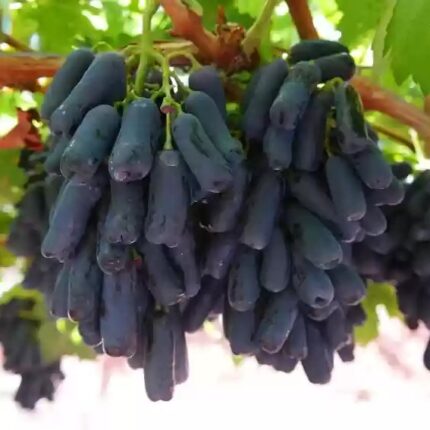
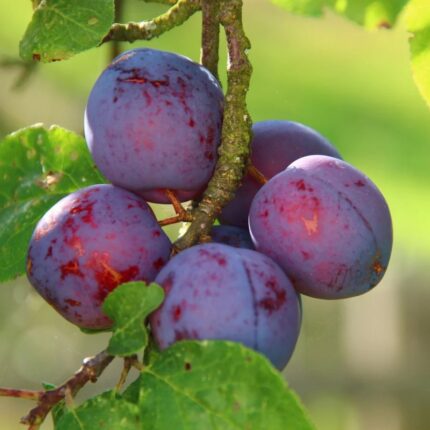
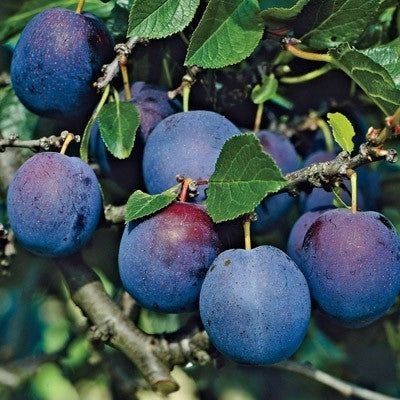

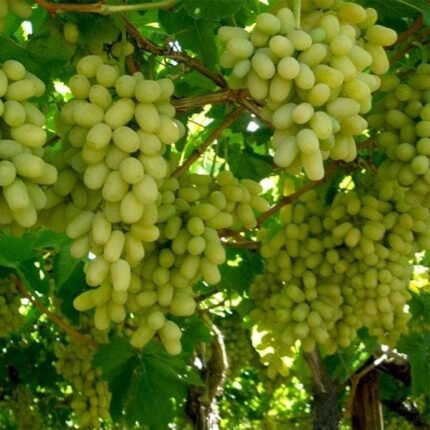
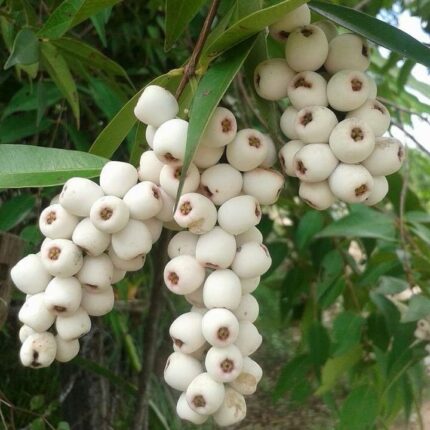
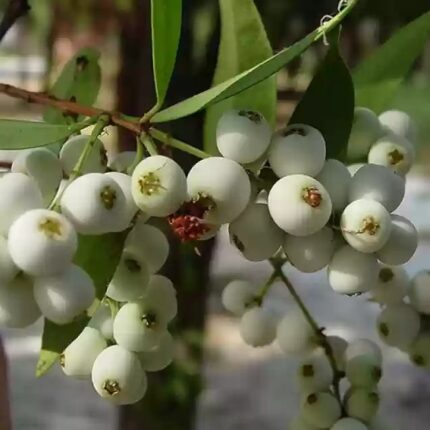
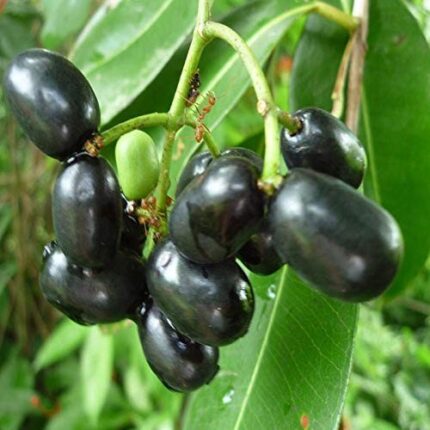
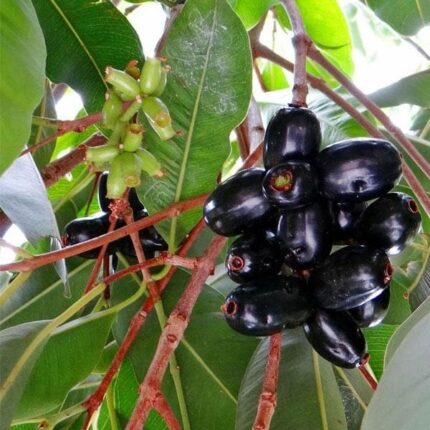
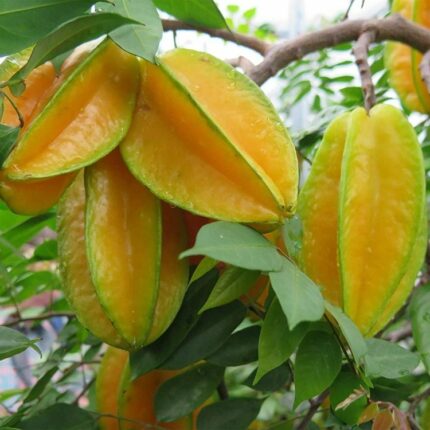
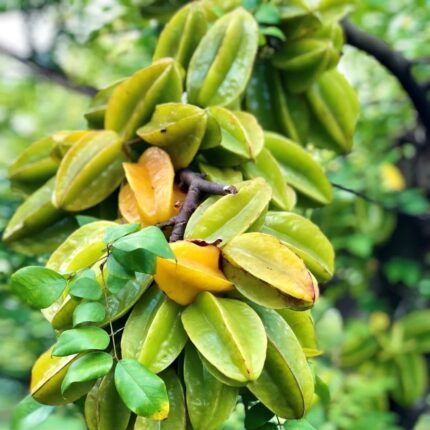
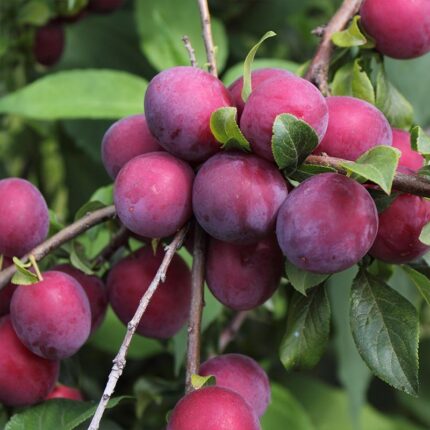
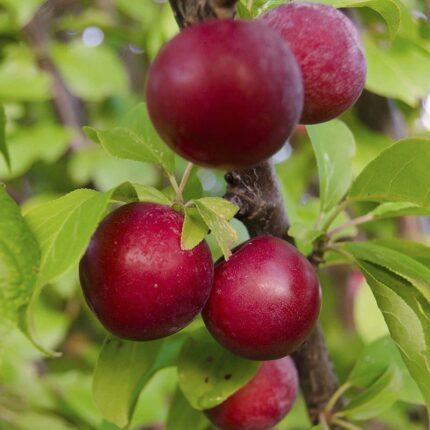
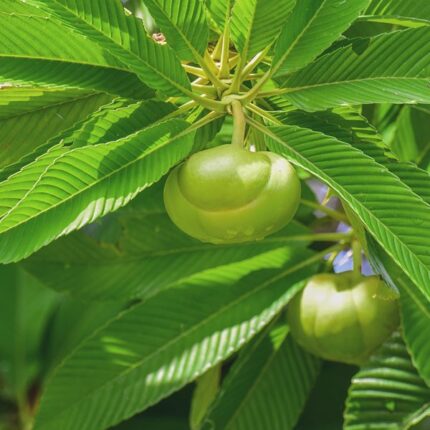
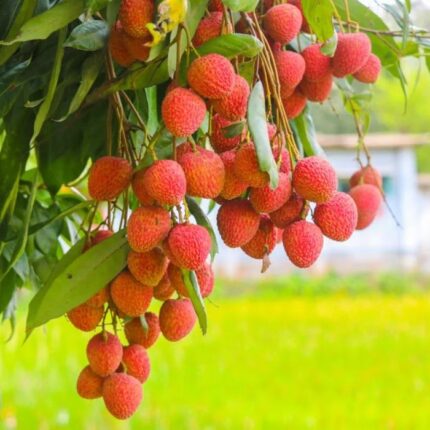
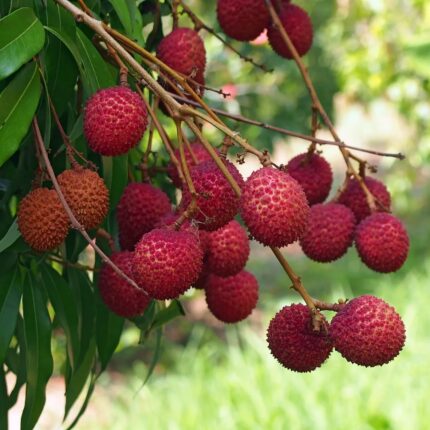
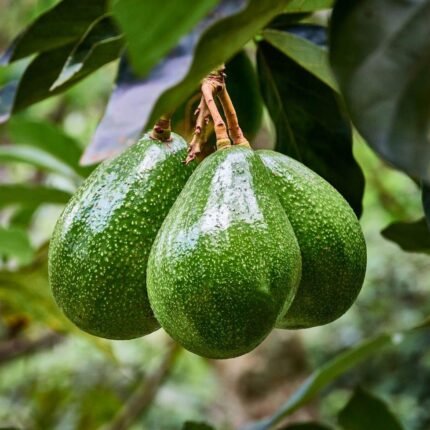
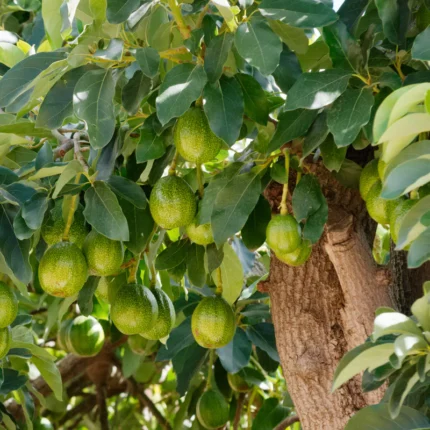
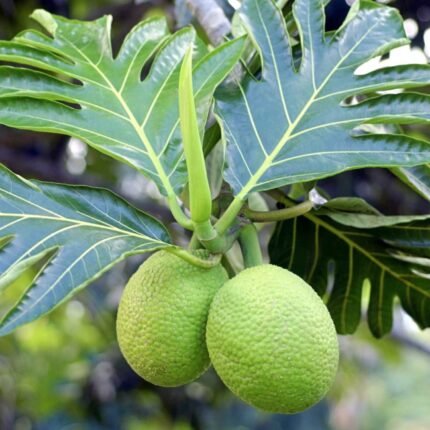

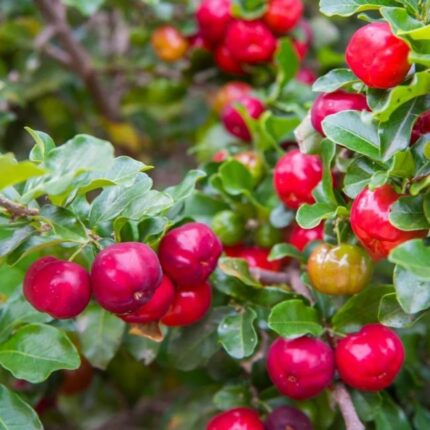
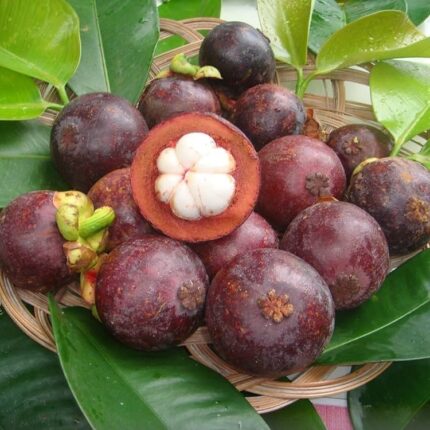
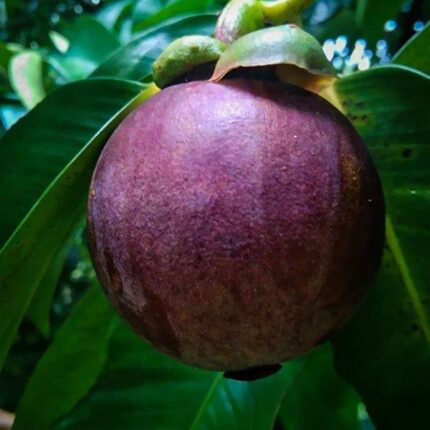
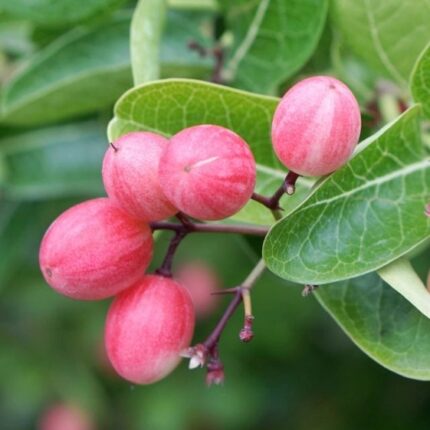
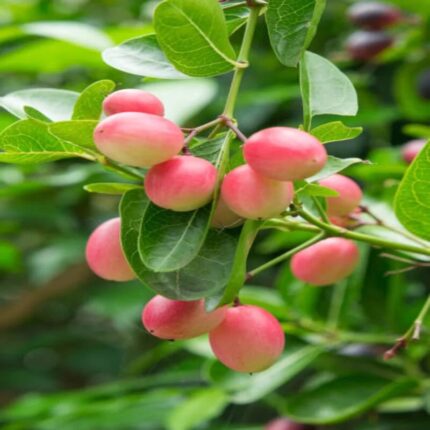


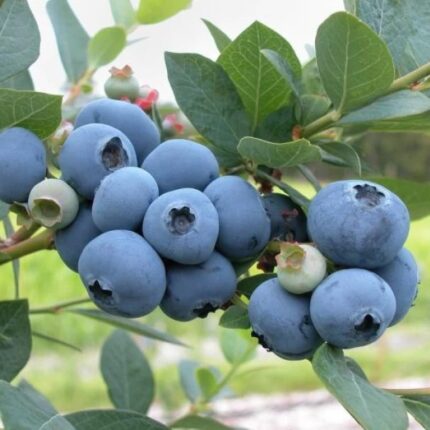
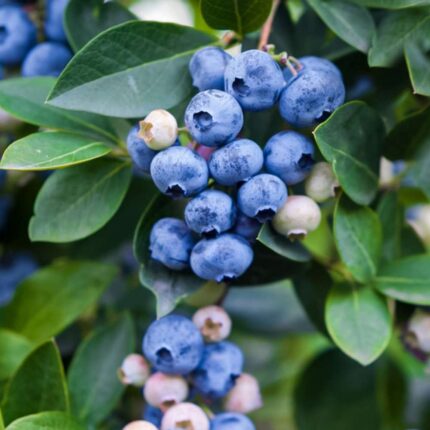
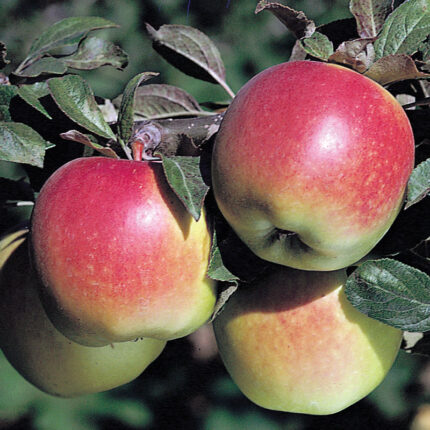
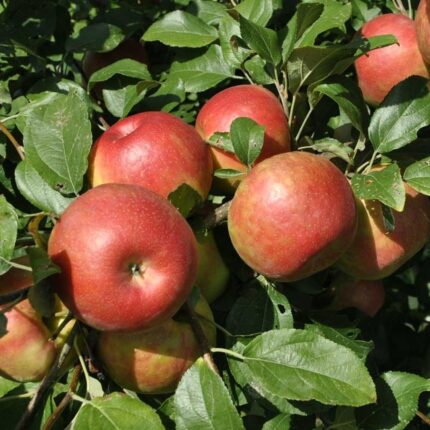

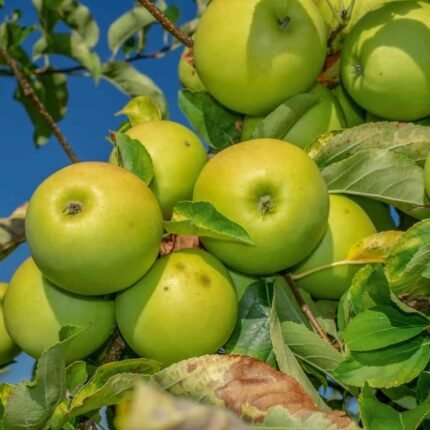
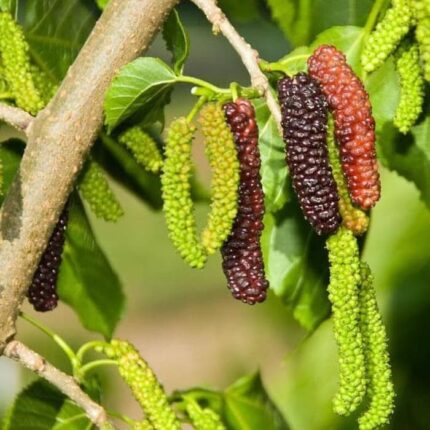
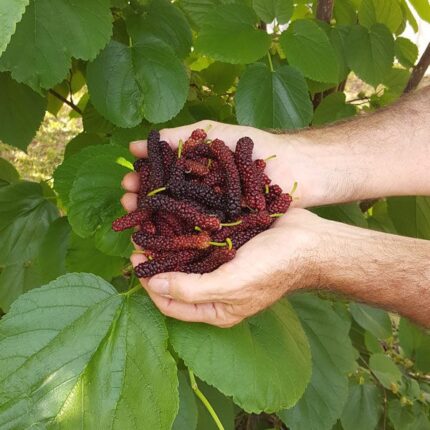
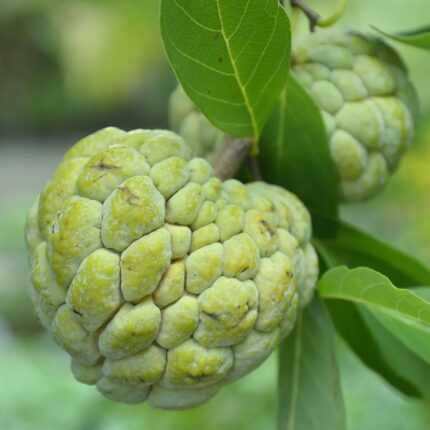
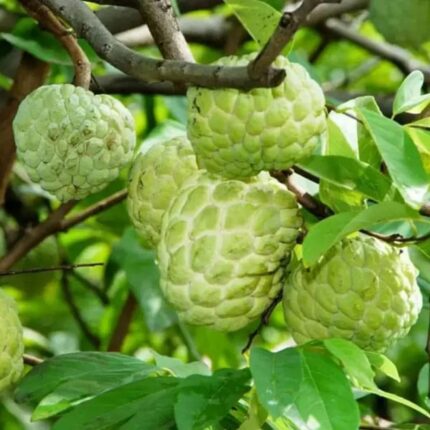

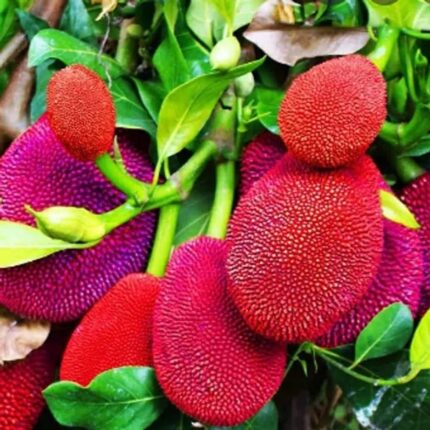

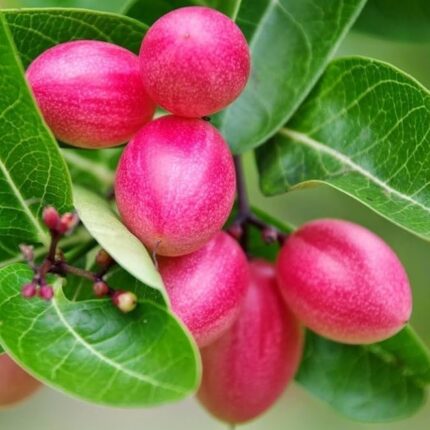
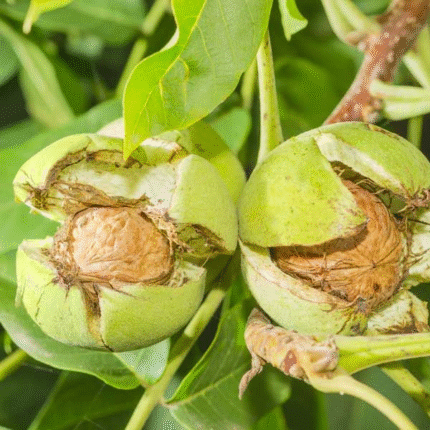
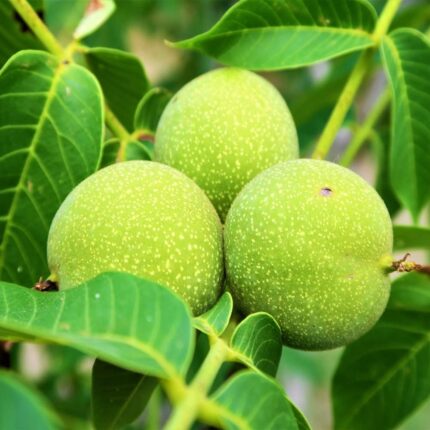

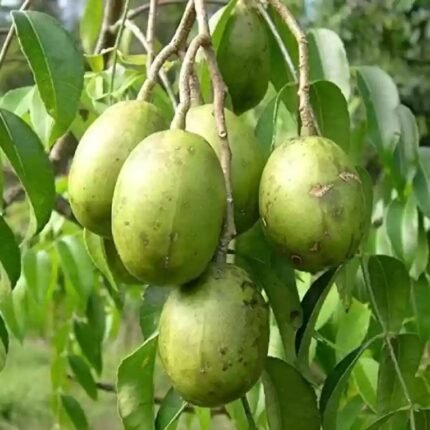
Samiha Chada –
Honestly a great experience with the healthy condition of the plants. Really appreciate the care. Thank you Royals Plant!
Mamooty Ramachandran –
Really impressed with the neat packaging and freshness. Keep up the good work! Great job, Royals Plant.
Aarna Golla –
Super happy with the packaging and timely delivery. Keep up the good work! Love you Royals Plant!
Baiju Rajagopal –
Absolutely loved the packaging and timely delivery. Keep up the good work! Royals Plant never disappoints.
Madhav Choudhry –
Really impressed with the healthy condition of the plants. Thanks a lot! Love you Royals Plant!
Aarna Mander –
Honestly a great experience with the neat packaging and freshness. Keep up the good work! Superb experience with Royals Plant.
Sumer Uppal –
Totally worth it! the customer service and plant quality. Love the service. Ordering again from Royals Plant.
Shamik Mander –
Truly amazed by the quality of the plants. Big thumbs up! Ordering again from Royals Plant.
Inaaya Gill –
Truly amazed by the vibrant and healthy plants. Big thumbs up! Ordering again from Royals Plant.
Yuvaan Gole –
Genuinely impressed by the plant condition on arrival. Such a pleasant experience.
Sourav Bhattacharya –
I’m thrilled with the plant I received! It was well-rooted, moist, and thriving right out of the box. Superb packaging! The plant was cushioned well and looked like it was just picked fresh.
Anirban Bhattacharya –
This plant is doing great! It arrived healthy and has already started growing new leaves. Appreciate the attention to detail in packaging. Everything was tightly secured.
Amira Jani –
Plant is thriving, thank you!
Samarth Mann –
Satisfied with the plant, looks great.
Nirvi Chatterjee –
Value for money, plant was in great condition.
Vardaniya Krishnamurthy –
Super healthy and green, highly recommend.
Jiya Aggarwal –
Good quality, on-time delivery.
Ahana Hari –
Satisfied with the plant, looks great.
Tushar Deep –
Nice experience overall, plant was beautiful.
Anahi Desai –
Plant is thriving, thank you!
Pradip Pal –
I’m thrilled with the plant I received! It was well-rooted, moist, and thriving right out of the box. Very secure packaging, and even the box smelled fresh when I opened it.
Zeeshan Lalla –
The variety of plants available is amazing. I received my order on time, and the plants were lush and green. It added so much life to my living room!
Himmat Mangal –
I had ordered three different types of plants, and all of them arrived in excellent shape. The soil was moist and the pots were very sturdy. Really impressed.
Samarth Korpal –
Received my fourth order from Royals Plant and once again, it exceeded expectations. Thank you for keeping up the consistency and quality every time.
Faiyaz Dara –
The variety of plants available is amazing. I received my order on time, and the plants were lush and green. It added so much life to my living room!
Tushar Bose –
The variety of plants available is amazing. I received my order on time, and the plants were lush and green. It added so much life to my living room!
Kavya Bains –
Beautiful, fresh, and well-maintained plants. The attention to detail in packaging was noticeable and appreciated. My entire indoor setup now looks so much better.
Purab Issac –
Unboxing the plants was such a delight. Everything looked exactly like the pictures. Healthy leaves, strong stems, and no damage during transit whatsoever.
Samaira Dyal –
The variety of plants available is amazing. I received my order on time, and the plants were lush and green. It added so much life to my living room!
Aarav Khatri –
Unboxing the plants was such a delight. Everything looked exactly like the pictures. Healthy leaves, strong stems, and no damage during transit whatsoever.
Gatik Shroff –
Unboxing the plants was such a delight. Everything looked exactly like the pictures. Healthy leaves, strong stems, and no damage during transit whatsoever.
Tarini Baral –
I love how neatly everything was packed. All the plants arrived in perfect condition and are growing really well. Excellent quality and care taken with each one.
Baiju Walia –
I love how neatly everything was packed. All the plants arrived in perfect condition and are growing really well. Excellent quality and care taken with each one.
Seher Din –
I love how neatly everything was packed. All the plants arrived in perfect condition and are growing really well. Excellent quality and care taken with each one.
Mohanlal Balakrishnan –
I had ordered three different types of plants, and all of them arrived in excellent shape. The soil was moist and the pots were very sturdy. Really impressed.
Biju Mand –
Unboxing the plants was such a delight. Everything looked exactly like the pictures. Healthy leaves, strong stems, and no damage during transit whatsoever.
Mohanlal Bhattacharyya –
The quality exceeded my expectations.
Anahi Rama –
Unboxing the plants was such a delight. Everything looked exactly like the pictures. Healthy leaves, strong stems, and no damage during transit whatsoever.
Baiju Bhardwaj –
Very impressed with the packaging and plant quality.
Nishith Bala –
The variety of plants available is amazing. I received my order on time, and the plants were lush and green. It added so much life to my living room!
Nitya Ranganathan –
Unboxing the plants was such a delight. Everything looked exactly like the pictures. Healthy leaves, strong stems, and no damage during transit whatsoever.
Jhanvi Tella –
Excellent service and beautiful plants.
Shray Joshi –
The quality exceeded my expectations.
Gatik Chand –
Royals Plant never disappoints! Thank you for the amazing service.
Trisha Sankaran –
Very impressed with the packaging and plant quality.
Kiaan Chandra –
Wonderful experience, highly recommended.
Damini Savant –
Great service as always from Royals Plant!
Trisha Choudhry –
The quality exceeded my expectations.
Romil Wali –
Very impressed with the packaging and plant quality.
Hunar Thakur –
Great experience ordering online, will come back again.